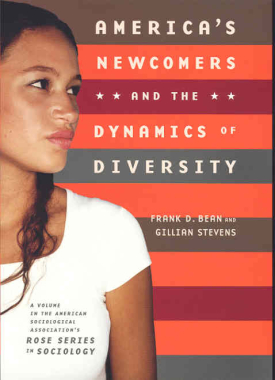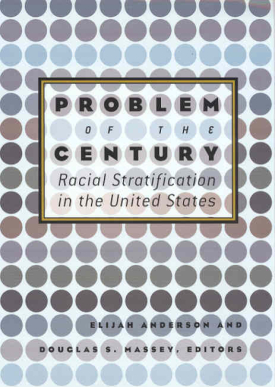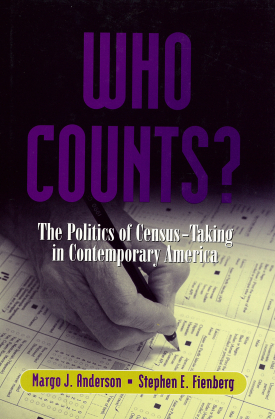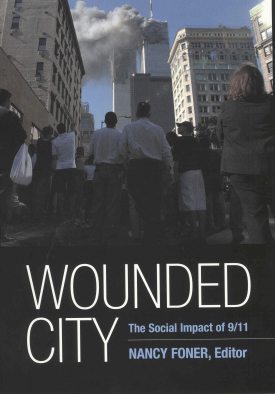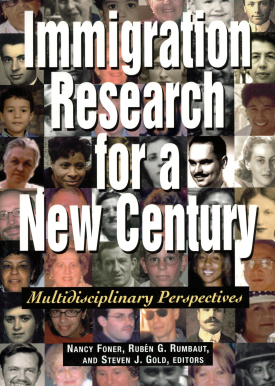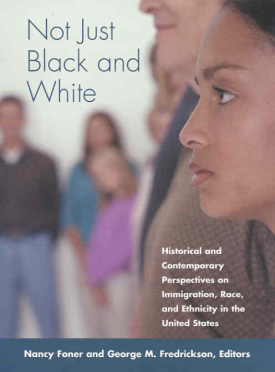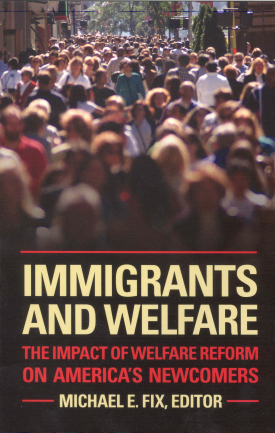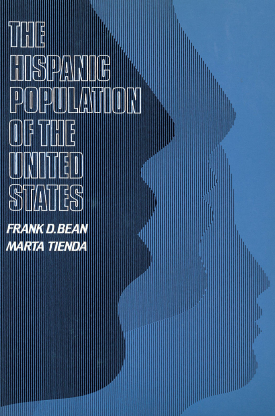
The Hispanic Population of the United States
About This Book
The Hispanic population in the United States is a richly diverse and changing segment of our national community. Frank Bean and Marta Tienda emphasize a shifting cluster of populations—Mexican, Puerto Rican, Cuban, Central and South American, Spanish, and Caribbean—as they examine fertility and immigration, family and marriage patterns, education, earnings, and employment. They discuss, for instance, the effectiveness of bilingual education, recommending instead culturally supportive programs that will benefit both Hispanic and non-Hispanic students. A study of the geographic distribution of Hispanics shows that their tendency to live in metropolitan areas may, in fact, result in an isolation which denies them equal access to schooling, jobs, and health care.
Bean and Tienda offer a critical, much-needed assessment of how Hispanics are faring and what the issues for the future will be. Their findings reveal and reflect differences in the Hispanic population that will influence policy decisions and affect the Hispanic community on regional and national levels.
"...represents the state of the art for quantitative analysis of ethnic groups in the United States." —American Journal of Sociology
FRANK D. BEAN is Ashbel Smith Professor of Sociology at the University of Texas, Austin, and codirector of the Program for Research on Immigration Policy at the Urban Institute.
MARTA TIENDA is professor of sociology and subdirector of the Population Research Center at the University of Chicago.
A Volume in the RSF Census Series


